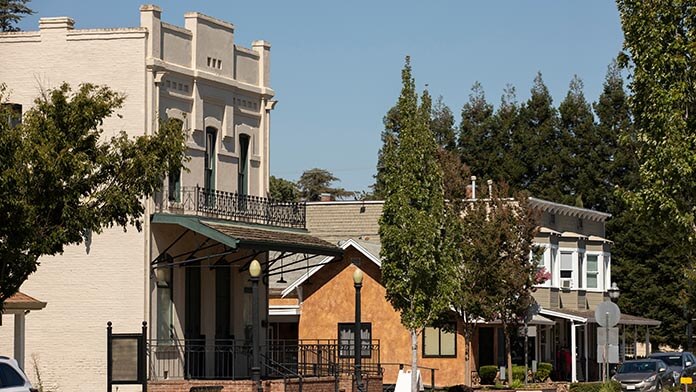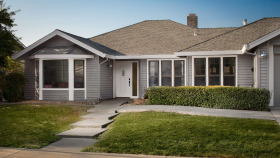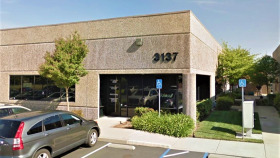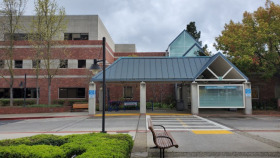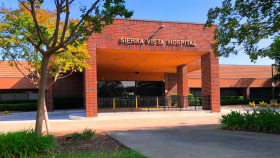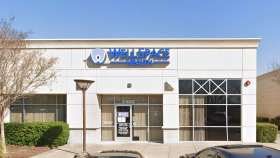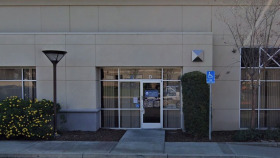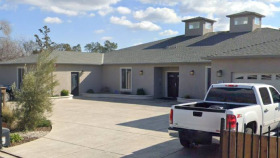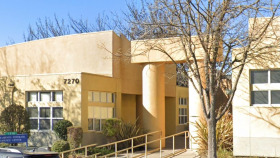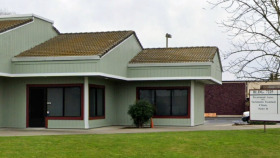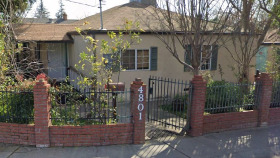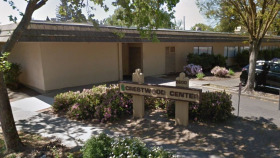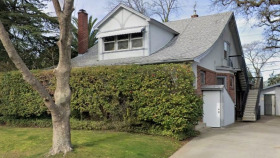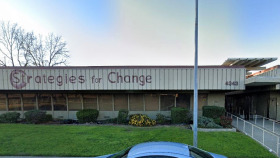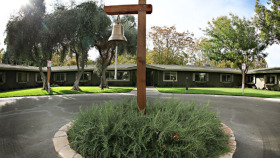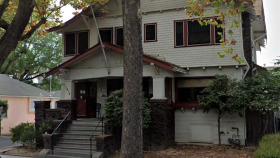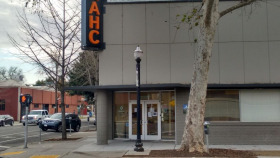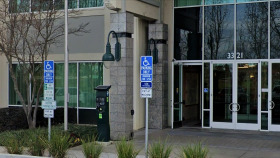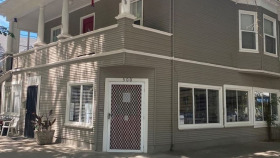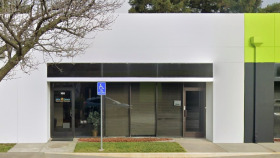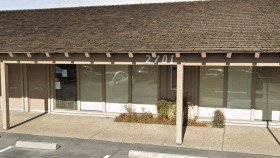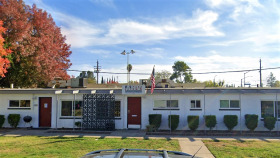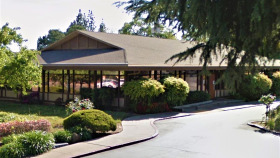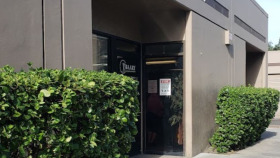Expert Insights
With as much attention as fentanyl has gotten, you’d think everyone should be aware of the dangers. But teens in Elk Grove are still dying, so we clearly need to do more. In fact, Sacramento County residents die from fentanyl overdoses at the same rate as homicides. Young people are buying pills online that they think are prescription drugs. The products are disguised as Xanax or Adderall, but they’re really just deadly doses of fentanyl. Fortunately, families in the area are hosting education seminars to get the word out about these dangers. This is exactly what we need. Youth need to understand one pill can kill, and they won’t unless we tell them.
~ Kerry Nenn
Cost of Drug Rehab in Elk Grove
The cost of treatment for substance use disorder can vary significantly. Your expenses will depend on the program you choose and what services and amenities are included.
Some factors that affect cost include:
Whether you attend an inpatient or outpatient program
If the facility offers extra amenities or specialized treatment options
The duration of your treatment (30, 60, or 90 days)
Whether the facility participates in your insurance plan’s network
Where the facility is located
Inpatient programs are more expensive because the cost includes more services. The facility will be providing medical care during detox as well as counseling as you continue through the program. You will also be living at rehab full-time during care, so your expenses will include housing and meals. In addition, you may experience a loss of income since you will probably not be able to work during care.
Outpatient programs don’t include the costs of full-time residence and care, so they tend to be less expensive. You will be paying for the costs of counseling sessions, which may be covered by insurance. While attending outpatient treatment, you may be able to continue working. This will prevent any loss of income during recovery.
California Drug and Alcohol Statistics

In 2021, 12% of adults in California reported using drugs for non-medical reasons.
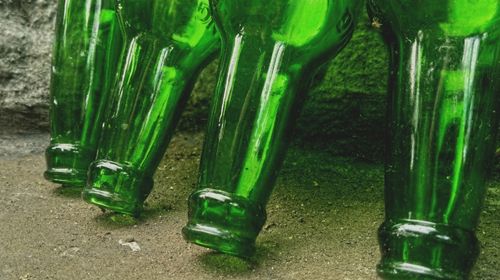
In 2020 nearly 24% of California residents between the ages of 18 and 44 engaged in excessive drinking.
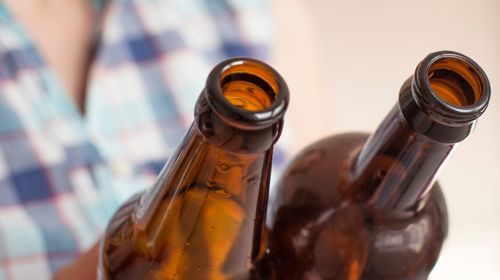
22% of men reported excessive drinking, compared to 14.2% of women.

Californians are more likely to use illicit drugs than misuse prescription medications.
15% of men reported using drugs for non-medical reasons, compared to 10% of women.
In 2019, California reported 15.7 drug deaths per 100,000 residents vs. the national average of 21.5 deaths per 100,000.
Alcohol and Drug Laws in Elk Grove, CA
Both medical and recreational marijuana is legal in California. The production and sale of cannabis products require proper licensing.
Penalties for possession of illegal drugs in California vary. The state of California prioritizes care for drug offenders. Under California’s Proposition 36, non-violent offenders who have substance abuse disorders may be eligible for probation with addiction treatment instead of incarceration.5
California passed the Ethical Treatment for Persons with Substance Use Disorder Act in 2022.6 This law mandates that rehab facilities must meet minimum standards for providing evidence-based treatment. Staff must be qualified in addiction recovery care, and all facilities must be capable of treating co-occurring disorders.
California allows pharmacists to dispense naloxone to anyone without a prescription. There is also a statewide standing order that allows community organizations to dispense naloxone without working directly with a doctor’s office.7
Under California’s Good Samaritan law, if you call for help for someone experiencing an overdose, police cannot arrest you for drug possession.8
Resources
- Elk Grove, California Population 2020 (Demographics, Maps, Graphs). (n.d.). Worldpopulationreview.com.
- FindTreatment.gov. (n.d.). FindTreatment.gov.
- America’s Health Rankings. (2021). Non-Medical Drug Use – Past Year In California.
- America’s Health Rankings. (2020). Excessive Drinking In California.
- America’s Health Rankings. (2019). Drug Deaths In California.
- California Department of Health Care Services. (2022). Behavioral Health Services.
- California Legislative Analysts Office. (2000). Proposition 36.
- California Legislative Information. (2022). Bill Text.
- California Department of Public Health. (no date). Naloxone Grant Program.
- California Legislative Information. (2013). Bill Text.

